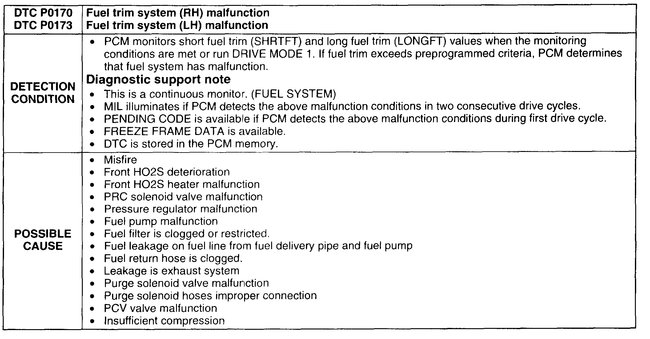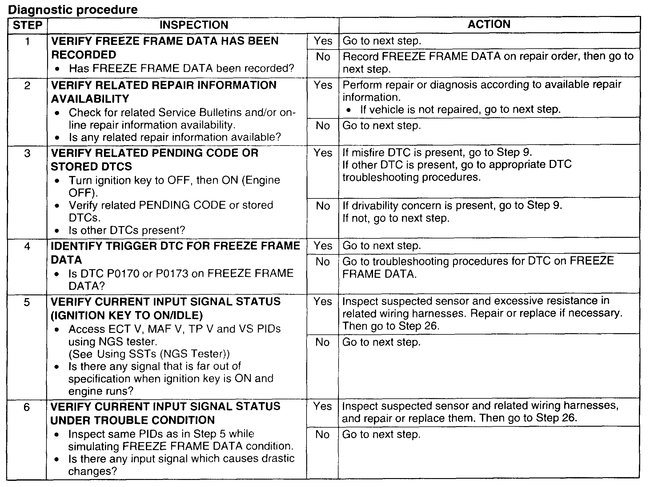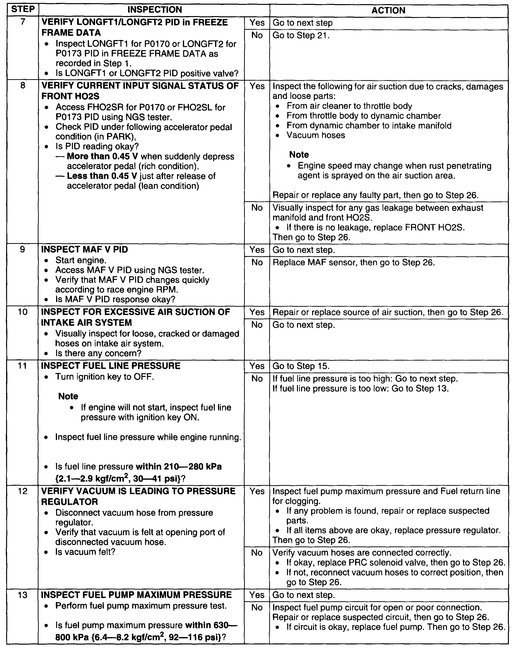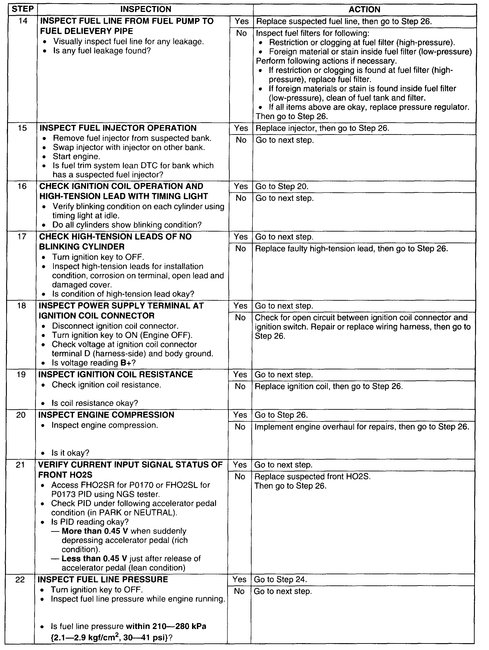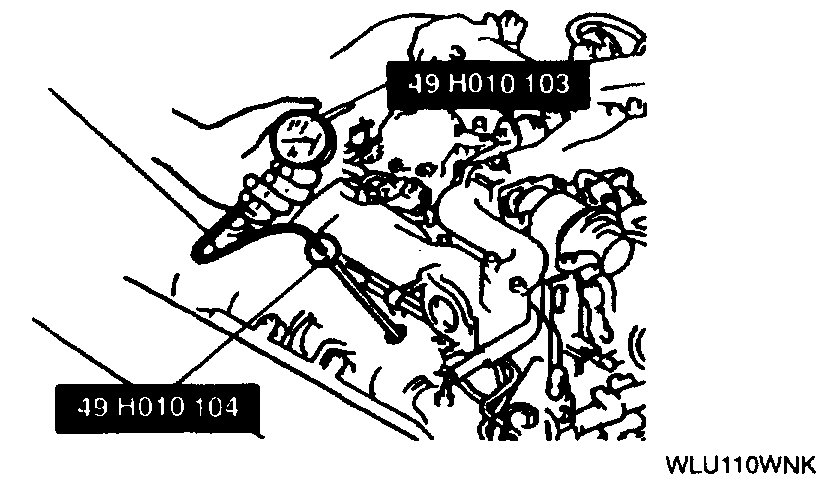Hi and thanks for using 2CarPros.
If the light is flashing, you could damage the catalytic converter because the fuel in that cylinder is most likely not being burned. Now, what do you mean you repaired the compression temporarily? I never heard of that. Is the compression low on cylinder three?
As far as the P0170, that is related to fuel trim. The computer recognizes that the fuel trims are beyond the preprogrammable criteria.
If you look at the first picture I attached, it indicates possible causes. One of which is low compression and another a misfire. With that in mind, I need to know what is happening with cylinder three. What is the compression? How does it compare to the other cylinders?
I am going to attach a flow chart designed to identify the cause of a P0170.
Also, here is a link that shows how a compression test is done along with causes and symptoms:
https://www.2carpros.com/articles/the-reasons-for-low-compression
https://www.2carpros.com/articles/symptoms-of-low-compression
https://www.2carpros.com/articles/how-to-test-engine-compression
Here are the specific directions for testing compression on your vehicle. It includes the minimum compression required and the maximum tolerance between cylinders.
______________________________________
COMPRESSION INSPECTION [KJ]
1. Verify that the battery is fully charged.
- Recharge it if necessary.
2. Warm up the engine to the normal operating temperature.
3. Stop the engine and allow it to cool for about 10 minutes.
4. Perform "Fuel Line Safety Procedures". Leave the fuel pump relay removed. Refer to Powertrain Management; Fuel Delivery and Air Induction.
5. Remove the spark plugs.
Picture 6
6. Install the SSTs into the No.1 spark plug hole.
7. Fully depress the accelerator pedal and crank the engine.
8. Record the maximum gauge reading.
9. Inspect each cylinder as above.
- If the compression in one or more cylinders is low, pour a small amount of clean engine oil into the cylinder and recheck the compression.
- If the compression increases, the piston, piston rings, or cylinder wall may be worn.
- If the compression stays low, a valve may be stuck or improperly seated.
- If the compression in adjacent cylinders stays low, the cylinder head gasket may be damaged or the cylinder head distorted.
Picture 7
Compression
10. Remove the SSTs.
11. Install the fuel pump relay.
12. Install the spark plugs.
___________________________________________
Let me know if any of this helps or if you have other questions. Note: If the check engine light is flashing, you really shouldn't drive it. It will end up causing other problems and damage.
Take care,
Joe
Images (Click to make bigger)
SPONSORED LINKS
Tuesday, February 26th, 2019 AT 7:18 PM
